As someone who loves driving and has adored cars since before I could even walk, I’m definitely what you’d call an enthusiast, and this has always been reflected in my choice of car. I don’t think I’ve ever bought a “boring” or ordinary one. Recently, it came time to change my beloved older car to a newer one, so I went on a long mission to find the right one. In addition to loving cars, I also love tech, and would certainly consider myself a keen early adopter. Could an electric car (EV) be next, I wondered?
It turns out that no, it could not. Despite approaching the decision with an open mind, I ended up buying a used gasoline-powered car instead — probably one you wouldn’t expect from a would-be EV buyer. This is how I came to that decision, why I’m glad I held off on an EV for now, and what I hope will change by the time I’m ready for my next ride.
Grocery getters need not apply
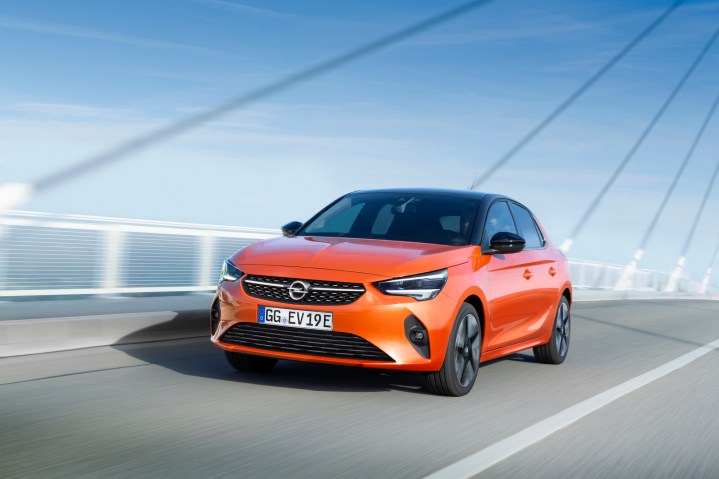
Before we get into why I’m glad, it’s imperative to understand what kind of car I wanted. It would be replacing a 2004 986 Porsche Boxster 2.7, so practicality wasn’t something I was worried about, but driving enjoyment, dynamics, performance, and visual appeal absolutely were. It will barely do 5,000 miles in a year, and because I work from home, it will never do a commute. I also expect to own it for five years or so, and don’t mind the expense of proper maintenance during that time, because that’s all part of owning a car you love.
Any car I’ve chosen has mostly been about the way it makes me feel and how I connect with it. I want to photograph it, look back at it when I walk away after parking, and in the future, think back to the adventures I had with it. I’ve always bought this kind of car, and have until now never had a problem doing so, once I’d put in the time finding the right one. I actually really enjoy this experience, and always look forward to it.
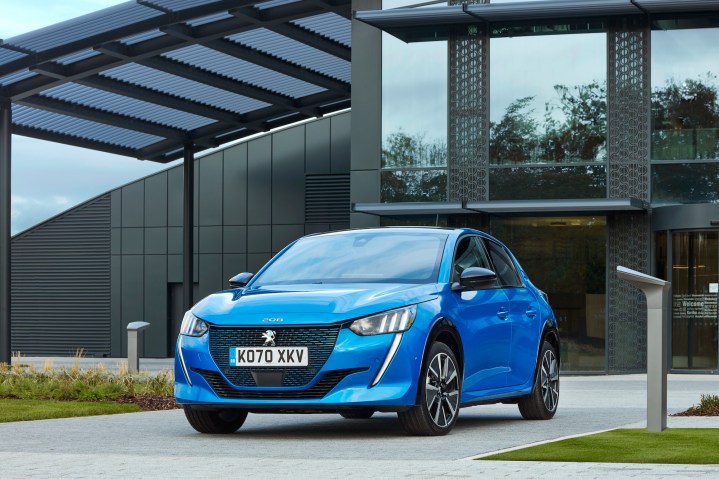
I’m also happy to buy a used car. Buying a brand new vehicle is pretty bad for the environment when you don’t do many miles per year, and I don’t. Plus, I don’t really want a crippling lease hanging over my head, as my budget alone (although generous in my mind) wouldn’t really reach the heights of a brand-new vehicle. With these requirements, my potential new vehicle list has always been pretty short, but I was not prepared for the absolute dearth of choice if I wanted to buy an EV. And I use the word “choice” very sarcastically.
EVs for enthusiasts are unicorns
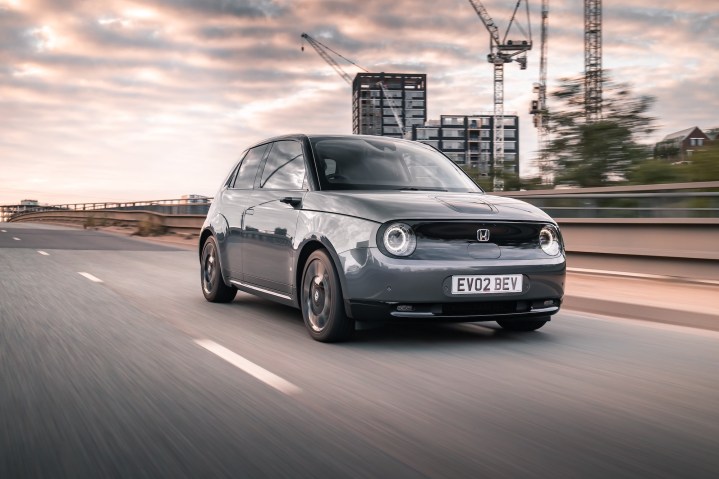
When I started out, I wanted to understand if there was the potential for a used electric car, so I looked at new models first. It’s a young market, so this was the easiest way to quickly understand what may be out there.
There are around 70 different electric car models available in the U.K., and at least half of them are crushingly ordinary. I’d never consider a petrol Vauxhall Corsa, base Mini Cooper, or a Peugeot 208, let alone a nearly 2-ton electric one with a feeble range and lackluster performance, so they were all out. I tested the cute Honda E and I liked it, but it’s still a small, decidedly non-sporty hatchback, so it wasn’t really what I was after.
Being embarrassed every time I walk away from my new purchase in the car park isn’t what I had in mind.
But far, far worse was the price of all these cars. For a decent specification, the Honda E would have cost a whopping 41,770 British pounds($51, 650), and it turned out this wasn’t an anomaly. The Cupra Born, Kia EV6, and Hyundai Ioniq 5 all get the styling right but cost even more. The few EVs that cost slightly less than this aren’t appealing for other reasons, such as the still expensive 32,000 pound ($41,350) Ora Funky Cat with its overly bulbous styling. Being embarrassed every time I walk away from my new purchase in the car park isn’t what I had in mind. As I was replacing a convertible, it would be nice to have another one. My “choice” was a recently released Fiat 500e Cabrio (so not even a real convertible) that starts at 37,195 pounds ($47,490), and specced up would be the same as the Honda E.
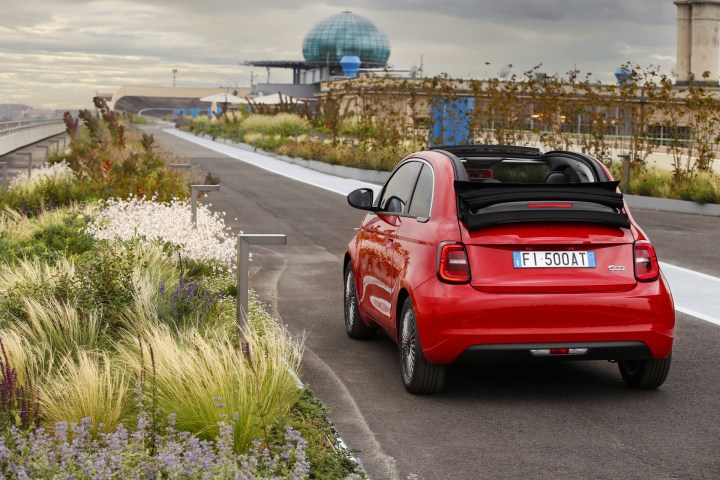
What about the other half of the market? Well, they’re all insanely expensive. Now, I know all cars are expensive these days, but to find something electric that’s also interesting and sporty, the prices become astronomical. I’d love a Porsche Taycan Sport Turismo, but with a modest spec, it would cost 97,257 pounds ($120,230). The cheapest used Taycan cars are around 70,000 pounds ($90,000), and the Audi e-tron GT is the same. A Polestar 2 (the Long Range Dual Motor Performance model) with leather is 64,850 pounds ($80,170) and is really only on the edge of being sporty enough.
I don’t want a Tesla because I’ve driven a few, and apart from the disappointing quality, once I’d experienced the acceleration a few times, they left me entirely cold. All the other options are SUVs, so no matter if I like the look of the Vauxhall Mokka Electric, Jaguar i-Pace, Audi Q4 Sportback e-tron, and Genesis GV60, I have absolutely no use for such a massive vehicle.
Everything changes in 2030

For me, as an enthusiast who would prefer a sporty convertible, but who also doesn’t have, or want, to spend more than $90,000 on a used performance electric car that still misses out on the drop top, my “choice” effectively totaled one. Even then, the Fiat can hardly be considered a hot hatch. The costs involved for a new electric car were far beyond my means, and nothing fitted my requirements anyway, so closely examining the used market after being left feeling poor by the new models was pointless.
The time for me to enjoy some of the petrol cars I’ve long wanted to own is now.
There was also something else in the back of my mind. I live in the U.K., and in 2030 brand new dedicated petrol and diesel vehicles will be banned from sale. In 2035, new hybrids will also stop being sold. The logistics of running an electric car will also have improved by this time. Like so many people, I live in an apartment with private parking, but no way to have a fixed home charger, and that means relying on the public charging network. While the infrastructure is getting better all the time, it’s still not good in my area. I just don’t need the extra hassle, especially when my main goal is driving enjoyment. When 2030 rolls around, the infrastructure should be — actually, it needs to be — far superior to today.
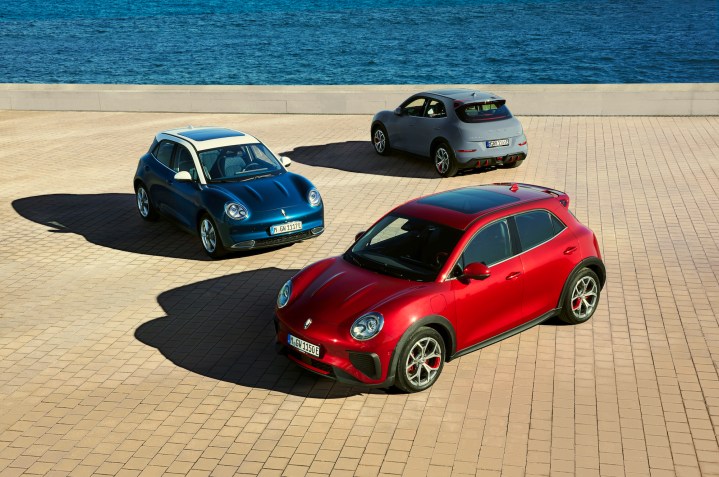
It all means that over the next few years, and from 2030 onward, electric cars will become hugely more prevalent than now, with more models, more configurations, and more variety available, all with a better underlying network for charging and hopefully, at more varied prices. But I’ve no idea what will happen to existing gas cars during this time. Used vehicles will still be sold, but everything around them is an absolute unknown. The availability of petrol itself, the cost of servicing, parts prices, and the values of desirable cars are a mystery. That’s all before wondering about synthetic fuels currently being explored by Porsche and in motorsport too.
What I do know is the U.K. government has made it quite clear that after 2030, the internal combustion engine won’t be all that welcome.
What did I do?
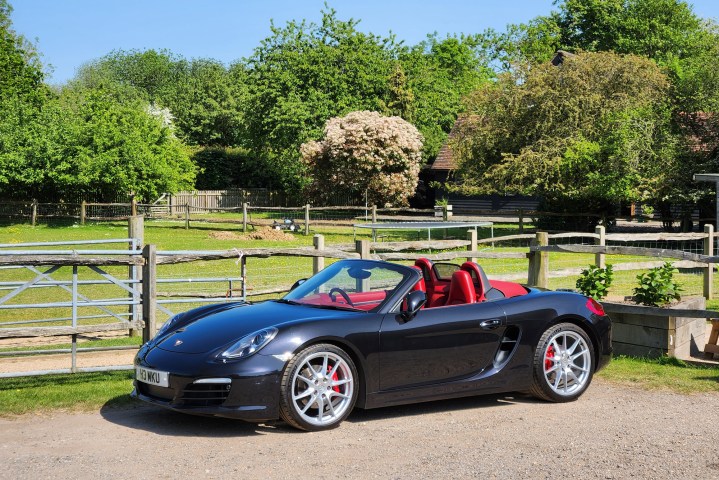
There’s no electric car that fits my life or my wallet, but there are hundreds of petrol cars available, all at prices I can afford. I don’t know what will happen to these vehicles when 2030 comes around, but I do know electric cars will only get better and more affordable. It seems my time for an electric car will come, but the time for me to enjoy some of the petrol cars I’ve long wanted to own is now.
So what did I do? My 986 went on to a new owner, and I spent a lot less than the cost of a brand new Honda E replacing it with a 2012 981 Porsche Boxster S. As a used car, the environmental debt from its manufacture has been paid, and re-using and looking after existing cars is still ecologically mindful, plus I could actually afford it. It’s the last non-special-edition Boxster with a flat-six petrol engine, it sounds utterly wonderful, gives me so much pleasure to drive and stare at, and I’m extremely pleased with my choice.
It makes me glad there wasn’t an electric car for me today, as the 981 may end up being my last, great petrol car hurrah, and if I didn’t do it now I’d likely forever regret it. As it stands petrol car ownership is likely to dramatically change over the next few years as electric car ownership becomes increasingly viable for everyone. People like me aren’t catered for with electric cars at this stage, and in turn, it’s a great time for the enthusiast to experience all those low-use, used, exciting, aspirational, memorable, and crucially, affordable cars that may soon be out of reach, or simply less attractive. I’m looking forward to getting an electric car, but at the moment, one for me just doesn’t exist.
If I was looking for a car as a tool to commute in, lug family around it, or desired a plug-in hybrid, the outcome may have been very different.
Editors' Recommendations
- EV warranties aren’t like those for non-electric cars. Here’s what you should know
- Here’s how Ford will give EV customers Tesla Supercharger access
- Don’t let these hidden EV fees catch you off guard (or deter you)
- The Sony Honda Afeela car is peak CES, and I’m totally here for it
- I bought a gas guzzler with the government’s EV tax credit




